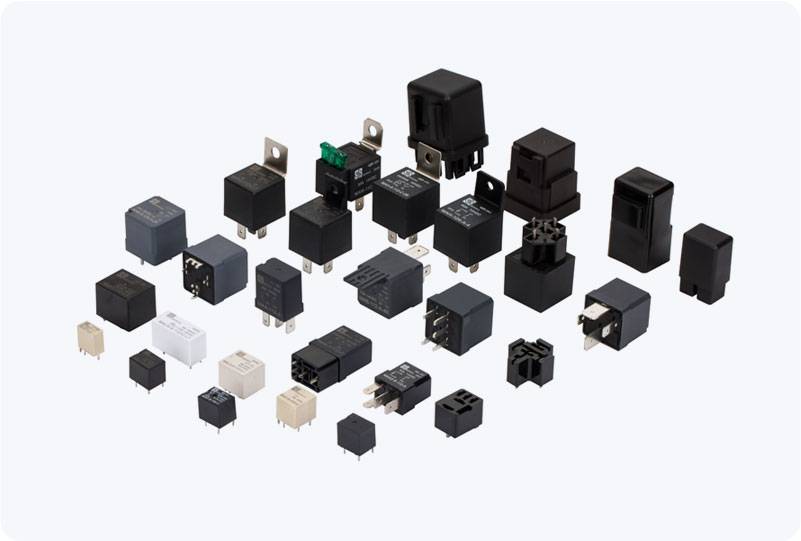Automotive relays are crucial components in modern vehicles, playing a vital role in controlling electrical circuits. They serve as switches, enabling or interrupting the flow of electricity to various devices within a vehicle, such as the fuel pump, starter motor, and various sensors. The relay coil, an integral part of the relay, is responsible for actuating the switch. Understanding the specifications of the automotive relay coil is essential for ensuring the proper functioning of the electrical system in vehicles. This article will delve into the key specifications of automotive relay coils, helping manufacturers, engineers, and enthusiasts understand their importance and application.

1. Coil Resistance One of the most fundamental specifications of a relay coil is its resistance. Coil resistance determines the amount of electrical resistance offered by the coil when a current passes through it. It directly impacts the power consumption of the relay and affects the voltage drop across the coil. Automotive relays typically have a coil resistance ranging from a few ohms to several hundred ohms, depending on the relay’s design and application. The coil resistance must be appropriately matched to the vehicle’s electrical system to avoid excessive power consumption or inefficient operation.